Glyphosate has been found in Argentine soy at levels higher than the maximum residue level allowed in the EU (20 mg/kg), a new report by Testbiotech has revealed.
Full study here: gmoevidence.com
High levels of residues from spraying with glyphosate found in soybeans in Argentina
Author: Testbiotech
Summary
In April 2013, Testbiotech took samples of soybeans from fields in Argentina in regions that are known for the cultivation of genetically engineered soybeans.
The samples were taken shortly before the harvest was due. Nearly all the soybeans grown in Argentina are genetically engineered, and made resistant to the herbicide glyphosate (brands such as Roundup). These soybeans were originally developed by the US company, Monsanto. Currently there are only very few publications on the actual load of residues in these genetically engineered plants after they have been harvested. So the purpose of this pilot project was to gather some more data on residues from spraying with glyphosate.
The samples were analysed in a laboratory at the University of Buenos Aires.
The results showed a surprisingly high content of residue of up to almost 100 mg/kg. In seven of the eleven samples the level was higher than the international maximum residue level (MRL) of 20 mg/ kg allowed in soybeans products used for food and feed. The results were confirmed in a second analysis. Aware that these results were alarmingly high, Testbiotech decided to publish its findings despite the small number of samples.
Testbiotech believes the high level of residues from spraying found in the soybeans indicates that they were not grown under conditions conforming to environmentally friendly agricultural practice. The dosage of glyphosate used in the fields concerned is likely to be much higher than recommended. Such high dosages could have been due to increasing weed resistance to the herbicide glyphosate which is also reported in Argentina.
Over-usage of glyphosate mixtures can have a negative impact on the environment and rural communities. A high level of residues from spraying can also impact health at the food and feed consumption level.






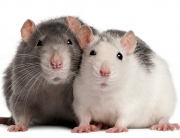


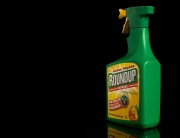







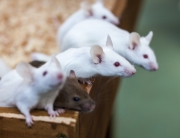
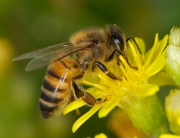








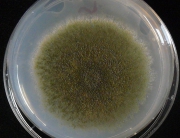
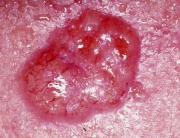


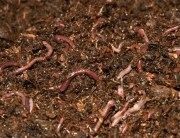
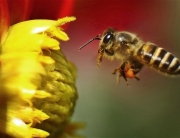


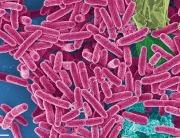



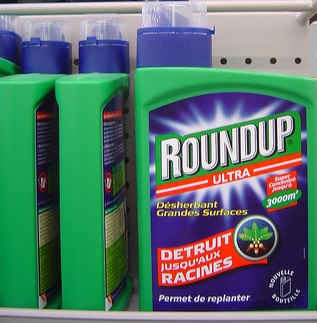
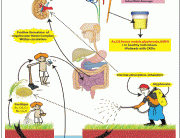
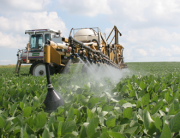
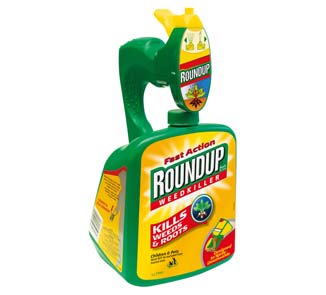
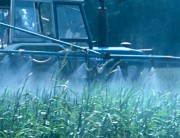
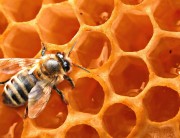
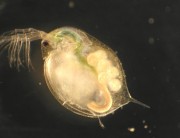

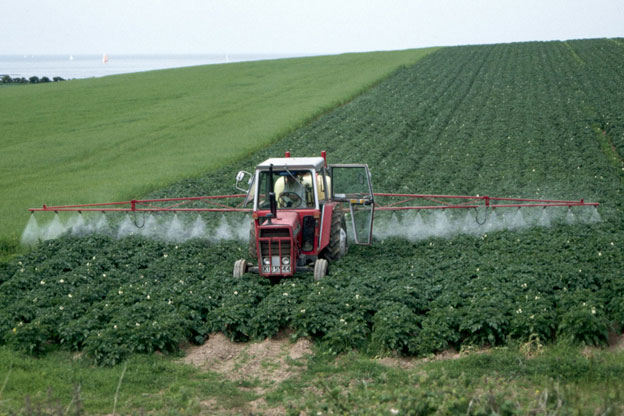

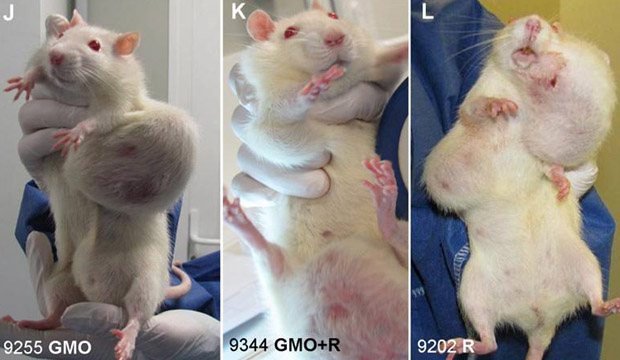
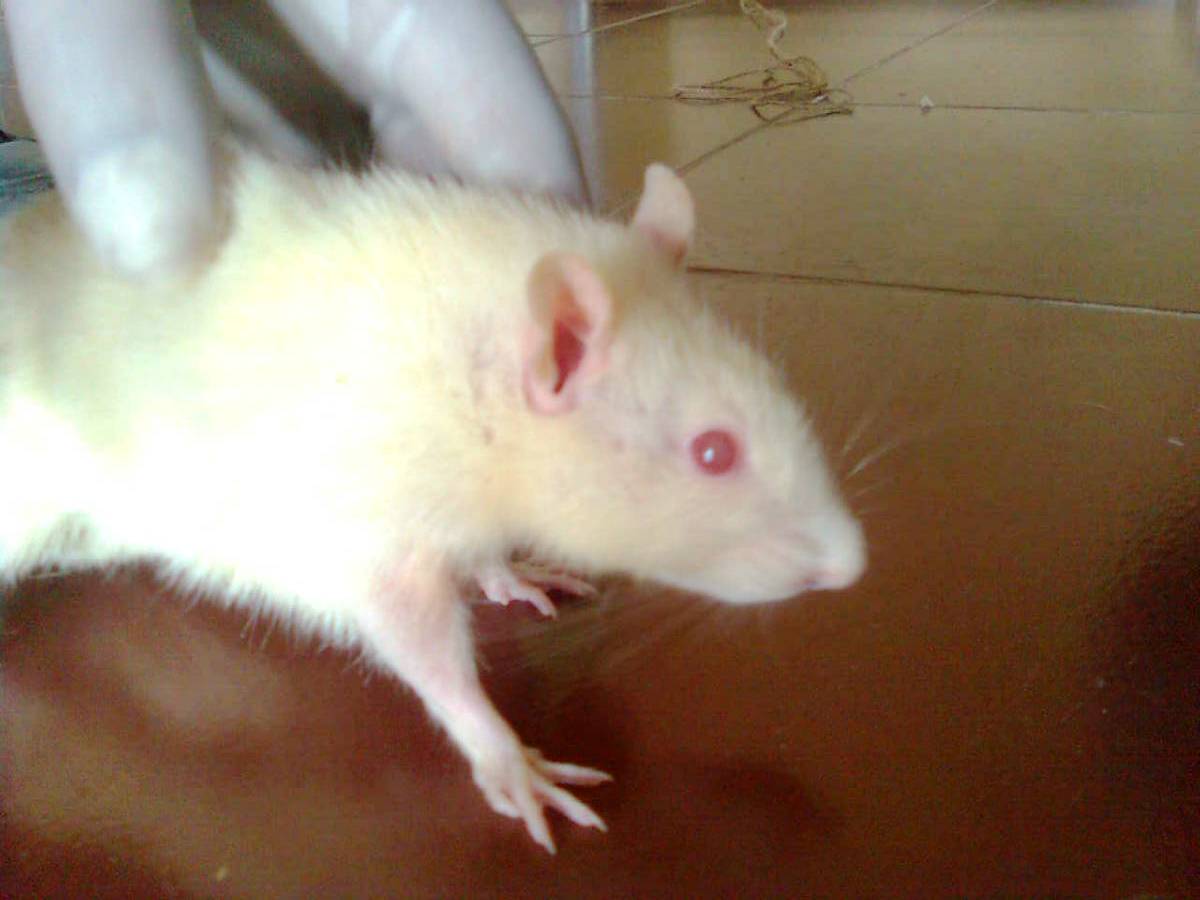

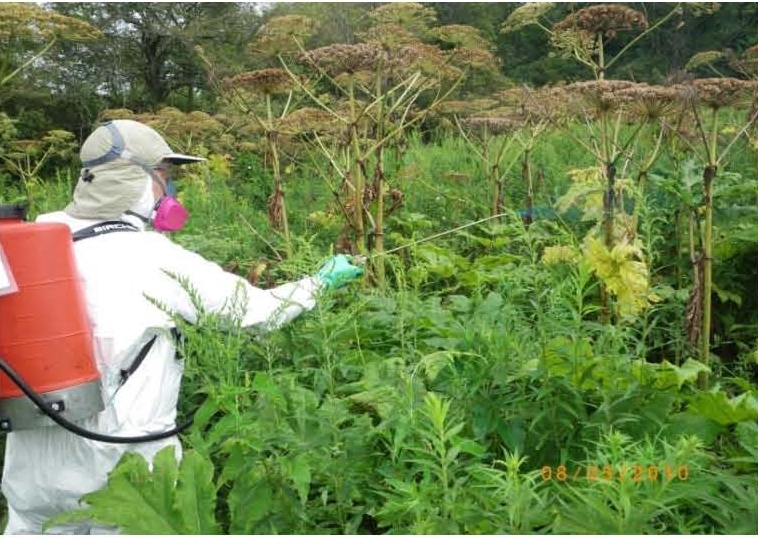


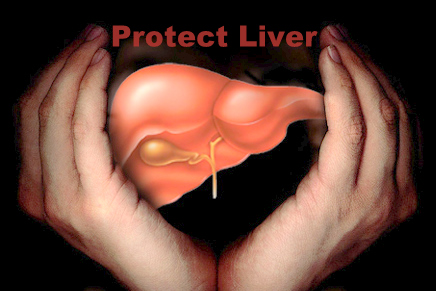
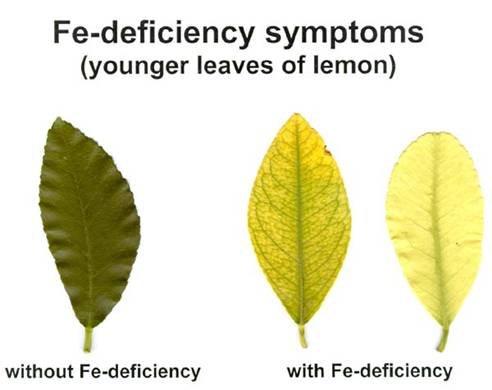
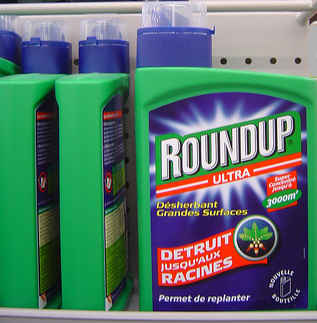
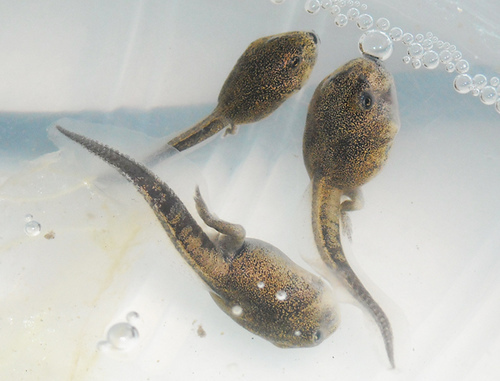
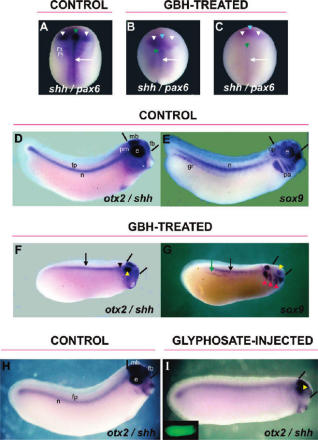
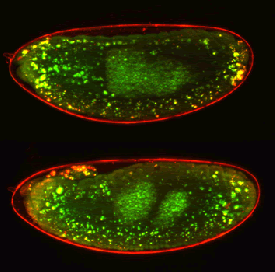
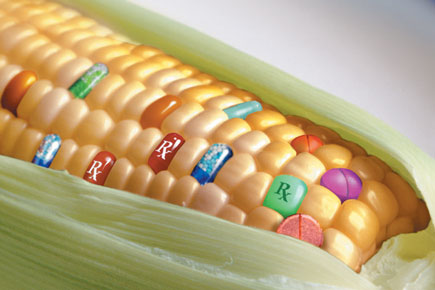
Now I remember why I don’t eat soy products!